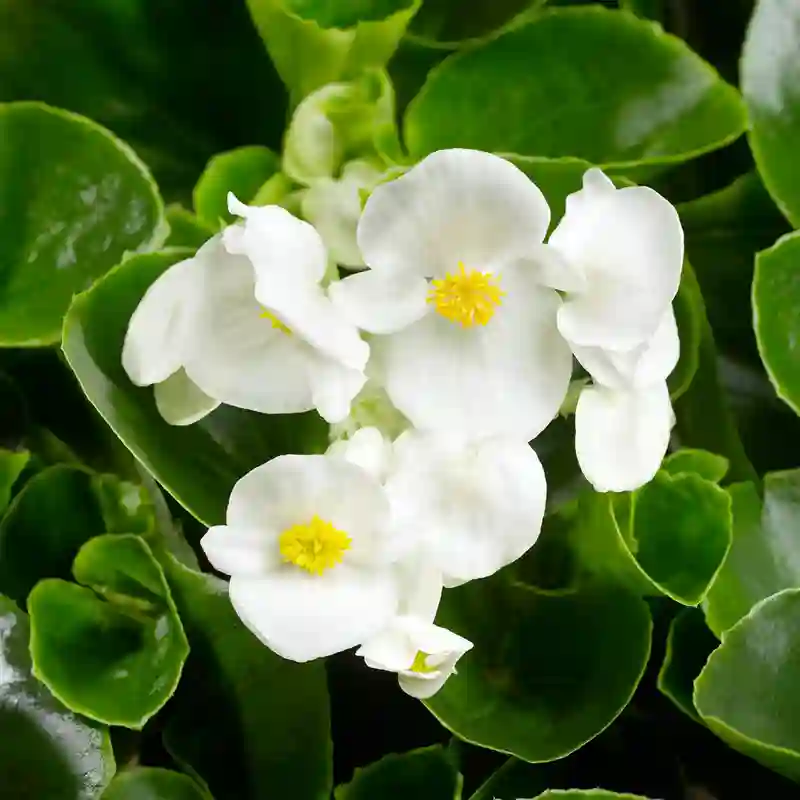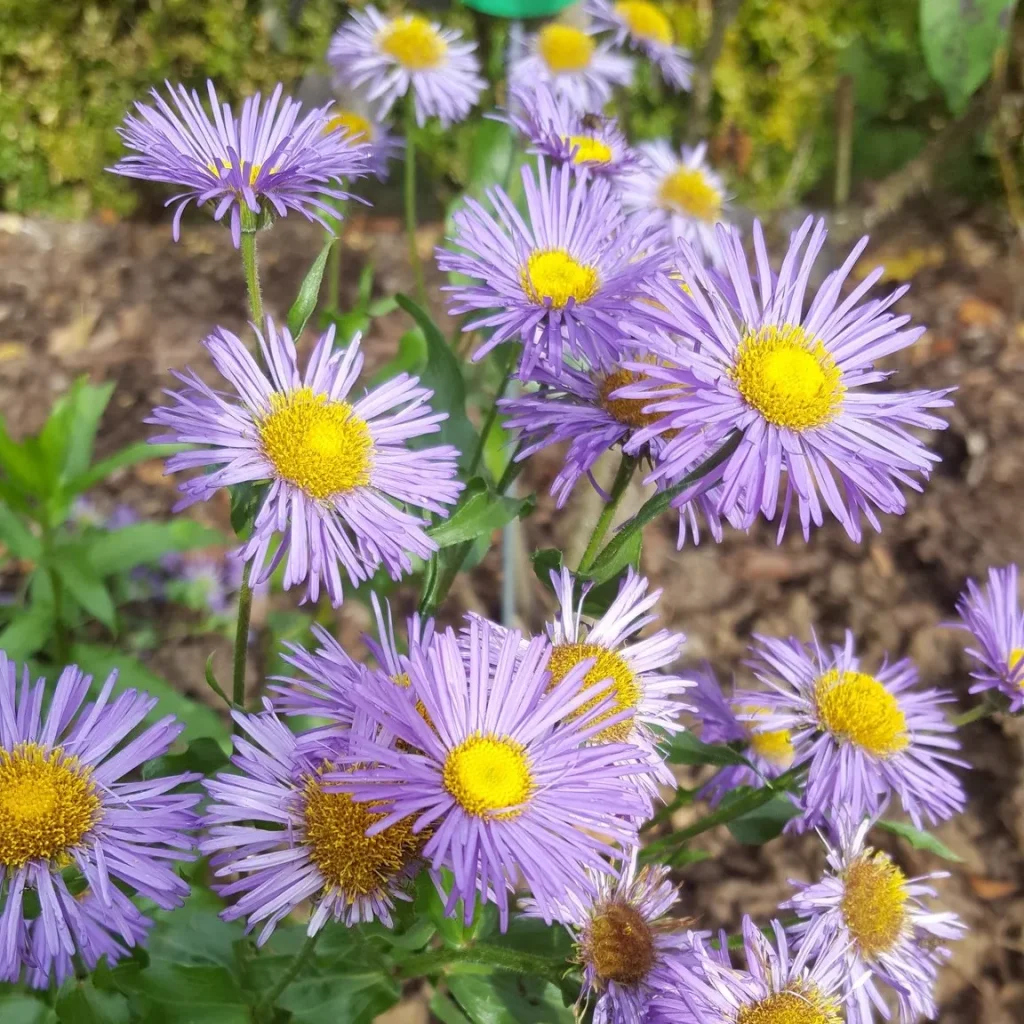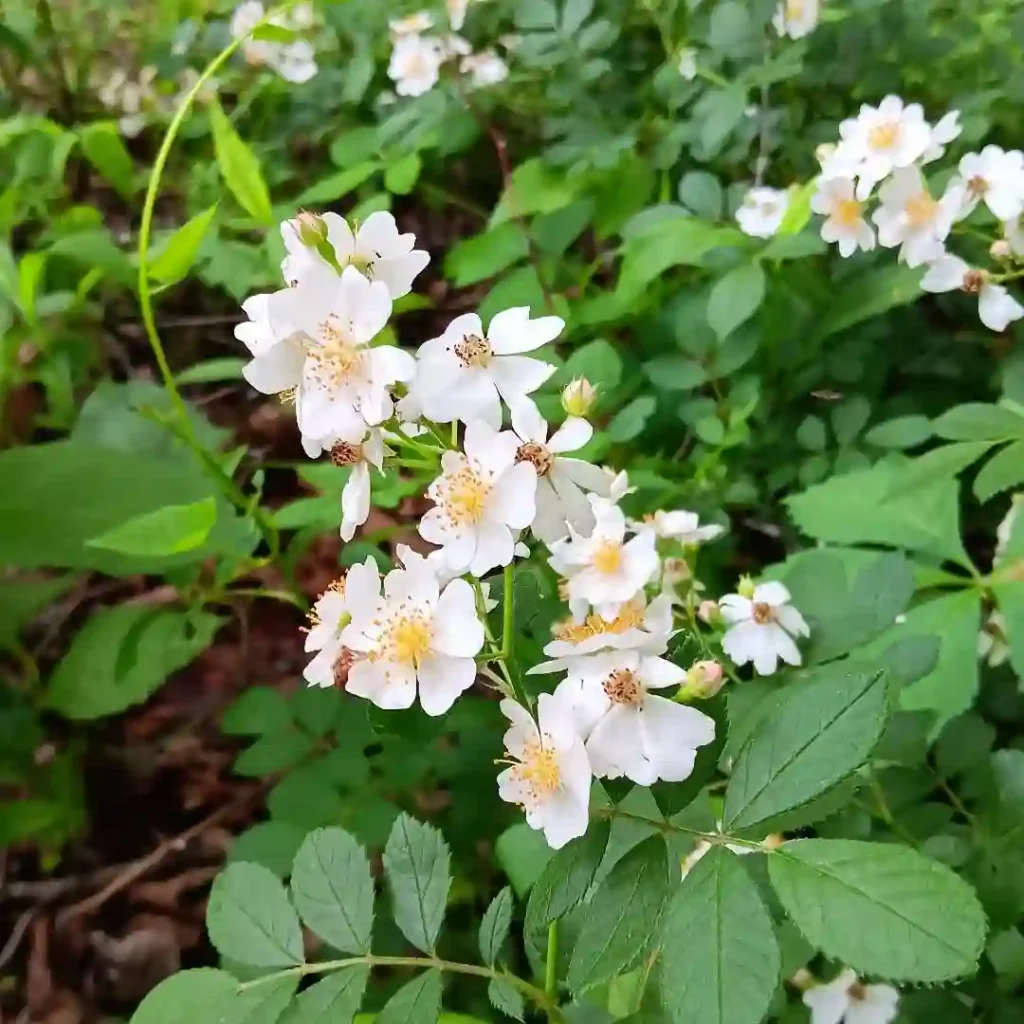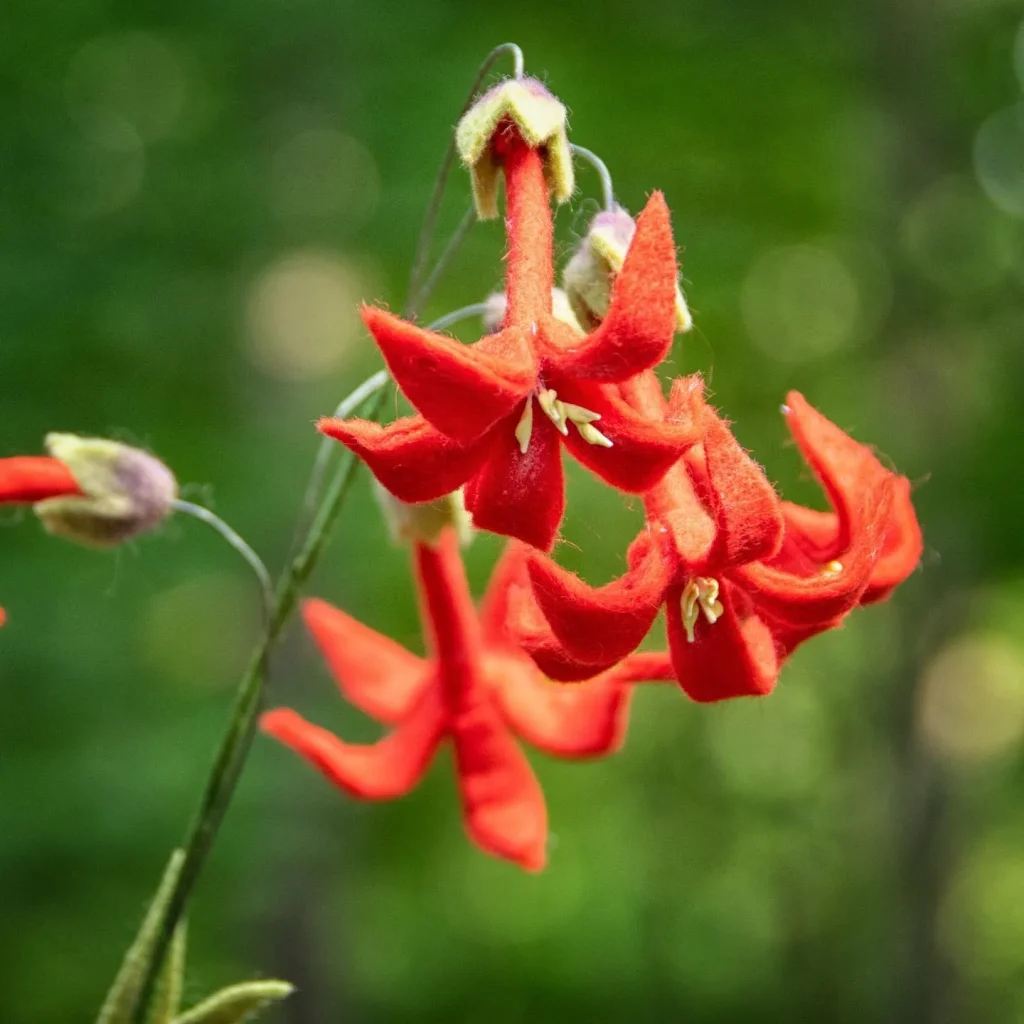A Journey into the Enchanting World of Melastomataceae
As a nature enthusiast and a devoted gardener, I, Ferb Vu, have always been captivated by the diverse and vibrant flora that graces our planet. Amongst the countless plant families that adorn our landscapes, the Melastomataceae, also known as the “Meadow Beauty” family, holds a special place in my heart. With their striking foliage, exquisite flowers, and ecological significance, these plants have enthralled botanists and horticulturists for centuries. Join me on a journey as we explore the fascinating world of Melastomataceae and delve into their unique characteristics and ecological roles.
Melastomataceae: An Overview
The Melastomataceae family comprises a vast array of flowering plants, encompassing approximately 169 genera and over 5,000 species. These plants are predominantly distributed in tropical and subtropical regions worldwide, with a particular concentration in the Neotropics. They exhibit a remarkable diversity in growth forms, ranging from small herbs and shrubs to towering trees and woody vines. Melastomataceae plants are renowned for their distinctive features, including their opposite leaves with characteristic parallel venation and their showy flowers with numerous stamens.
Genera of Melastomataceae: A Rich Tapestry
The Melastomataceae family boasts a rich tapestry of genera, each with its unique charm and ecological adaptations.
- Miconia: This genus is the largest within the Melastomataceae family, comprising over 1,000 species. Miconia plants exhibit a wide range of growth forms, from shrubs and trees to epiphytes and lianas. They are recognized for their beautiful foliage, often with contrasting venation patterns, and their clusters of small, vibrant flowers. – 1906 Species in Genus Miconia
- Tibouchina: Commonly known as the “Princess Flower” or “Glory Bush,” Tibouchina plants are prized for their stunning, large, purple flowers. These shrubs or small trees are native to South America and are widely cultivated as ornamentals in tropical and subtropical gardens.
- Medinilla: This genus encompasses a diverse group of epiphytic or terrestrial shrubs and vines. Medinilla plants are admired for their pendulous inflorescences adorned with showy bracts and delicate, bell-shaped flowers. They are often grown in greenhouses or as houseplants due to their exquisite beauty. – 368 Species in Genus Medinilla
- Acanthella Hook.f.
- Aciotis D.Don
- Acisanthera P.Browne
- Adelobotrys DC.
- Allomaieta Gleason
- Alloneuron Pilg.
- Almedanthus Ver.-Lib. & R.D.Stone
- Amphiblemma Naudin
- Amphorocalyx Baker
- Anaheterotis Ver.-Lib. & G.Kadereit
- Andesanthus P.J.F.Guim. & Michelang.
- Anerincleistus Korth.
- Antherotoma (Naudin) Hook.f.
- Appendicularia DC.
- Argyrella Naudin
- Arthrostemma Pav. ex D.Don
- Aschistanthera C.Hansen
- Astrocalyx Merr.
- Astronia Blume
- Astronidium A.Gray
- Axinaea Ruiz & Pav.
- Bamlera K.Schum. & Lauterb.
- Barthea Hook.f.
- Beccarianthus Cogn.
- Bellucia Neck. ex Raf.
- Benna Burgt & Ver.-Lib.
- Bertolonia Raddi
- Bisglaziovia Cogn.
- Blakea P.Browne
- Blastus Lour.
- Boerlagea Cogn.
- Bourdaria A.Chev.
- Boyania Wurdack
- Brachyotum (DC.) Triana
- Brasilianthus Almeda & Michelang.
- Bredia Blume
- Bucquetia DC.
- Cailliella Jacq.-Fél.
- Calvoa Hook.f.
- Cambessedesia DC.
- Castratella Naudin
- Catanthera F.Muell.
- Centradenia G.Don
- Centradeniastrum Cogn.
- Centronia D.Don
- Chaetogastra DC.
- Chaetolepis (DC.) Miq.
- Chalybea Naudin
- Cincinnobotrys Gilg
- Comolia DC.
- Comoliopsis Wurdack
- Creochiton Blume
- Cyphotheca Diels
- Dalenia Korth.
- Derosiphia Raf.
- Desmoscelis Naudin
- Dicellandra Hook.f.
- Dichaetanthera Endl.
- Dinophora Benth.
- Dionycha Naudin
- Dionychastrum A.Fern. & R.Fern.
- Diplectria (Blume) Rchb.
- Dissochaeta Blume
- Dissotidendron (A.Fern. & R.Fern.) Ver.-Lib. & G.Kadereit
- Dissotis Benth.
- Driessenia Korth.
- Dupineta Raf.
- Eleotis Ver.-Lib. & R.D.Stone
- Eriocnema Naudin
- Ernestia DC.
- Feliciadamia Bullock
- Feliciotis Ver.-Lib. & G.Kadereit
- Fordiophyton Stapf
- Fritzschia Cham.
- Graffenrieda DC.
- Gravesia Naudin
- Guyonia Naudin
- Henriettea DC.
- Heteroblemma (Blume) Cámara-Leret, Ridd.-Num. & Veldkamp
- Heterocentron Hook. & Arn.
- Heterotis Benth.
- Huberia DC.
- Kendrickia Hook.f.
- Kerriothyrsus C.Hansen
- Kirkbridea Wurdack
- Lijndenia Zoll. & Moritzi
- Lithobium Bong.
- Loricalepis Brade
- Macairea DC.
- Macrocentrum Hook.f.
- Macrolenes Naudin
- Maguireanthus Wurdack
- Mallophyton Wurdack
- Marcetia DC.
- Melastoma L.
- Melastomastrum Naudin
- Memecylon L.
- Mendelia Ver.-Lib. & G.Kadereit
- Meriania Sw.
- Merianthera Kuhlm.
- Microlicia D.Don
- Monochaetum (DC.) Naudin
- Monolena Triana ex Benth. & Hook.f.
- Mouriri Aubl.
- Neblinanthera Wurdack
- Neodriessenia M.P.Nayar
- Nephoanthus C.W.Lin & T.C.Hsu
- Nepsera Naudin
- Nerophila Naudin
- Noterophila Mart.
- Nothodissotis Ver.-Lib. & G.Kadereit
- Ochthephilus Wurdack
- Ochthocharis Blume
- Opisthocentra Hook.f.
- Osbeckia L.
- Ossaea DC.
- Oxyspora DC.
- Pachycentria Blume
- Pachyloma DC.
- Perilimnastes Ridl.
- Phainantha Gleason
- Phyllagathis Blume
- Physeterostemon R.Goldenb. & Amorim
- Pilocosta Almeda & Whiffin
- Plagiopetalum Rehder
- Pleroma D.Don – 175 Species in Genus Pleroma
- Plethiandra Hook.f.
- Poikilogyne Baker f.
- Poilannammia C.Hansen
- Poteranthera Bong.
- Preussiella Gilg
- Pseudodissochaeta Nayar
- Pseudoernestia Krasser
- Pternandra Jack
- Pterogastra Naudin
- Pterolepis (DC.) Miq.
- Pyrotis Ver.-Lib. & R.D.Stone
- Quipuanthus Michelang. & C.Ulloa
- Rhexia Gronov.
- Rhynchanthera DC.
- Rosettea Ver.-Lib. & G.Kadereit
- Rostranthera M.J.Rocha & P.J.F.Guim.
- Rousseauxia DC.
- Salpinga Mart. ex DC.
- Sandemania Gleason
- Sarcopyramis Wall.
- Schwackaea Cogn.
- Scorpiothyrsus H.L.Li
- Siphanthera Pohl
- Sonerila Roxb.
- Spathandra Guill. & Perr.
- Sporoxeia W.W.Sm.
- Stanmarkia Almeda
- Stussenia C.Hansen
- Styrophyton S.Y.Hu
- Tashiroea Matsum. ex T.Itô & Matsum.
- Tateanthus Gleason
- Tessmannianthus Markgr.
- Tigridiopalma C.Chen
- Triolena Naudin
- Tristemma Juss.
- Tryssophyton Wurdack
- Vietsenia C.Hansen
- Votomita Aubl.
- Warneckea Gilg
- Wurdastom B.Walln.
Ecological Significance of Melastomataceae
Melastomataceae plants play a vital role in their ecosystems, contributing to biodiversity and ecological balance. Their flowers attract a plethora of pollinators, including bees, butterflies, hummingbirds, and bats. Their fruits serve as a valuable food source for various animals, including birds, mammals, and insects. Additionally, Melastomataceae plants often form symbiotic relationships with mycorrhizal fungi, enhancing nutrient uptake and promoting plant growth.
Conclusion
The Melastomataceae family stands as a testament to the wonders of nature, showcasing an extraordinary diversity of forms, colors, and ecological adaptations. From the vibrant flowers of Tibouchina to the pendulous inflorescences of Medinilla, these plants captivate the senses and enrich our landscapes. As a passionate gardener and admirer of the natural world, I encourage you to explore the enchanting realm of Melastomataceae and discover the beauty and significance of these remarkable plants.
If i die, water my plants!



